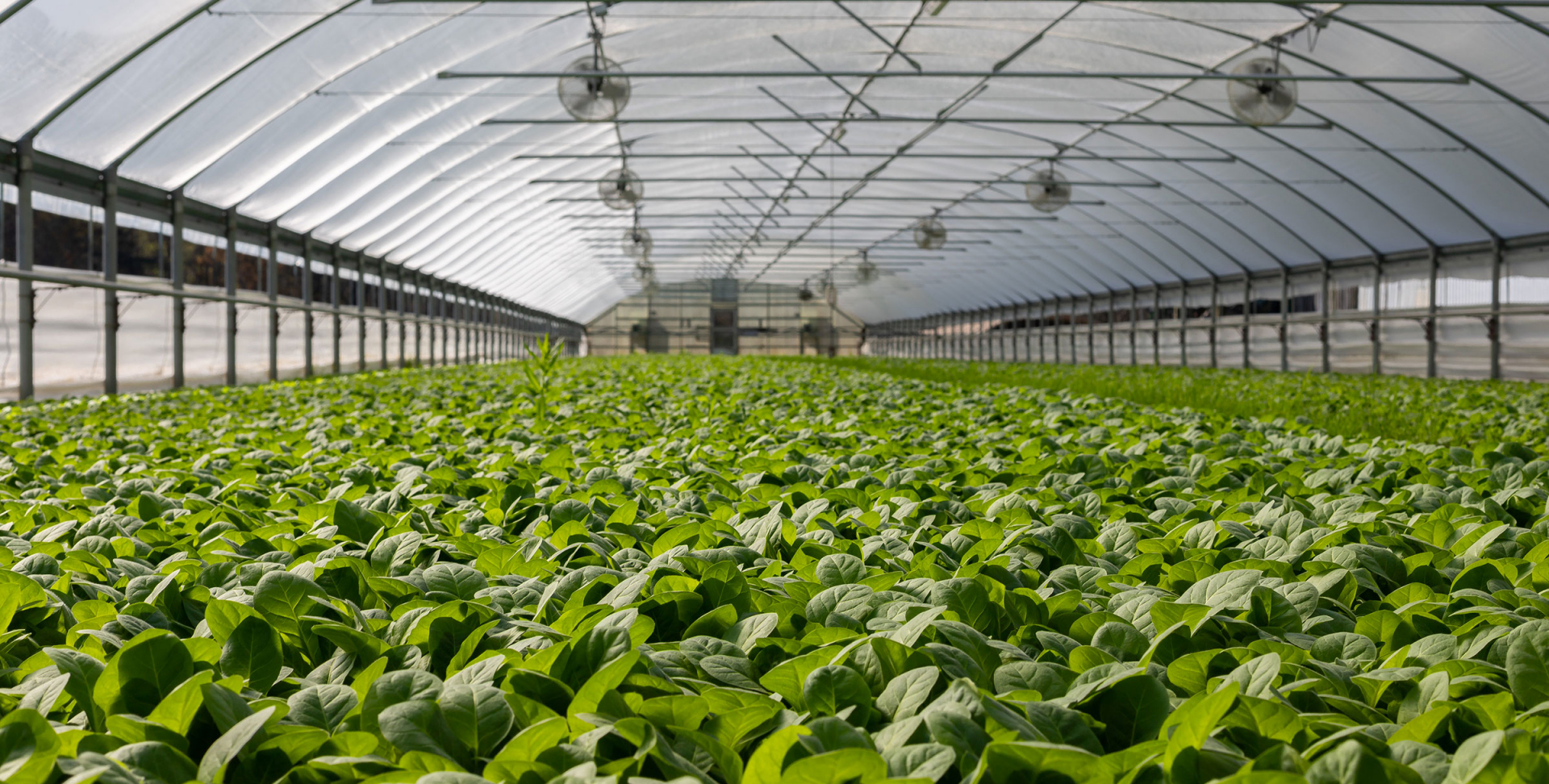Mild Winters and Budding Issues: How to "Awaken" Plants
BLUPRINS K™ supports fruit trees' chilling requirements, helping them exit dormancy
What is Dormancy in Fruit Trees
Dormancy is a state of physiological rest that many fruit trees, such as cherry, kiwifruit, peach, and grapevine, enter during cold months to protect against low temperatures.
During this phase, buds “rest” until they have been exposed to sufficient winter chill and optimal light and temperature return, allowing for the reactivation of plant metabolism.
In short, dormancy is a survival strategy that promotes synchronized flowering and fruiting with the arrival of spring when climate conditions are favorable.
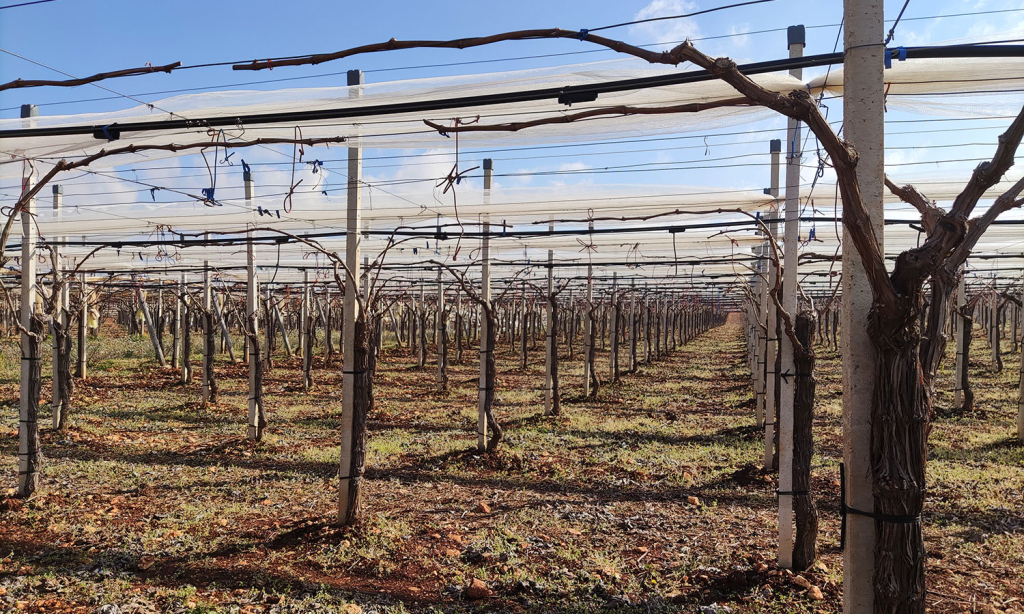
The Chilling Requirement: Definition and Importance
The chilling requirement is the amount of cold a fruit tree needs during dormancy to break this state and prepare for successful budding and flowering.
It is measured in chill units (CU) or hours of exposure to temperatures below 7.2°C. Each crop has a different chilling requirement:
- Kiwifruit: chinensis 700-900 ore; deliciosa 900-1000 ore.
- Kiwifruit: 700–1000 ore.
- Cherry: 800–1200 ore.
- Peach: 200–1000 ore.
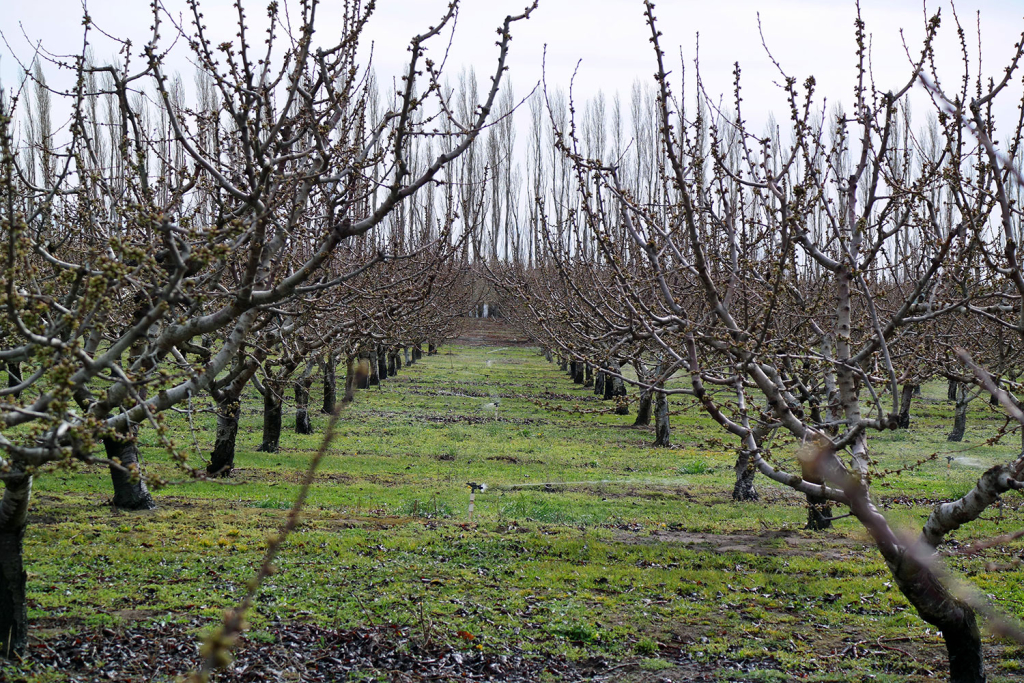
Effects of Insufficient Winter Chill
Climate change, with increasingly mild winters, limits the availability of cold at the right time. Insufficient chill results in:
- uneven budding: Plants do not awaken uniformly, with a high number of blind or inactive buds;
- poor and staggered flowering: Overall plant fertility decreases, negatively impacting yield;
- reduced productivity: Fewer buds and fertile flowers hinder production;
- non-uniform fruit ripening: Fruits ripen inconsistently, complicating harvesting.
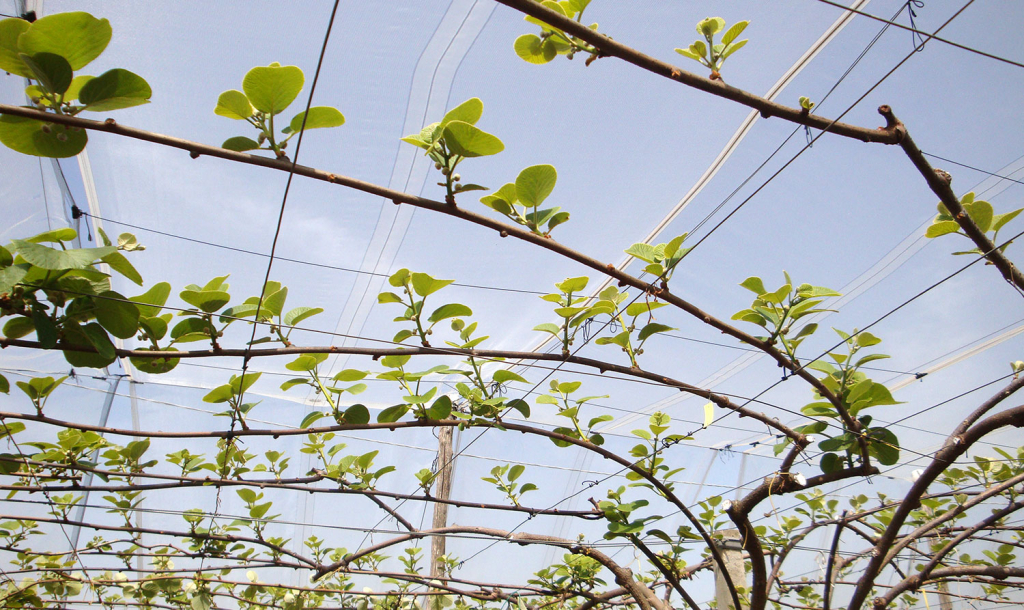
BLUPRINS K™: The New Solution for Dormancy Breaking
To address the challenge of reduced winter chill, Biolchim has developed BLUPRINS K™, an innovative biopromoter that mimics the effect of cold, promoting uniform budding and flowering.
This product combines the benefits of BLUPRINS™ technology with a new concentrated, easy-to-activate formula that does not require a specific activator.
The product can be used with KEMICAL® L 918 or common calcium nitrate.
Mode of action
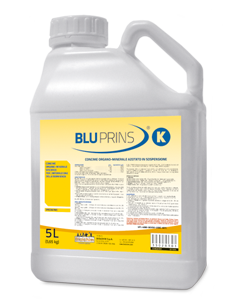
BLUPRINS K™ acts by sending physiological signals to the buds, similar to those the plant would naturally receive after exposure to cold.
Its components—amino acids, polysaccharides, nitrogen, and calcium—are immediately available and stimulate the buds’ optimal metabolic activity.
By providing readily available nutrients, BLUPRINS K™ promotes enzymatic activity in bud tissues, supporting budding.
Benefits of BLUPRINS K™
- Stimulates vegetative awakening: Reduces the number of blind buds, enhances budding and flowering, and promotes high-quality, productive yields.
- Improves plant structure: Enhances load distribution and encourages the growth of shoots for future fruit-bearing branches.
- Safety and reliability: Extensively tested, non-toxic to operators, non-phytotoxic, and requires no registration.
- Concentrated, pre-activated formula: Simplifies use, is environmentally friendly, and helps reduce volumes and packaging.

Application Timing and Dosage
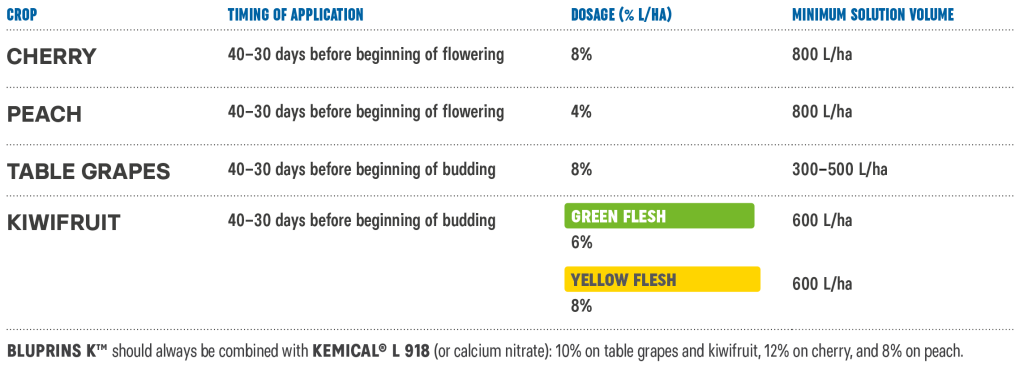
Tips for Maximum Efficacy
Per ottimizzare l’efficacia di BLUPRINS K™, segui questi consigli:
- Mix Preparation: Fill the tank with half the final water volume, add KEMICAL® L 918 (or calcium nitrate), then add BLUPRINS K™. Top up with water to the final volume, and for improved stability, acidify the solution with MULTICARE pH™.
- Application Conditions: Avoid use on young or weak plants, and apply only in areas with insufficient winter chill. Do not apply at temperatures below 5°C or if rain is expected within 24–36 hours.
- Compatibility: When applying mineral oils, wait at least 8–10 days after using BLUPRINS K™.





